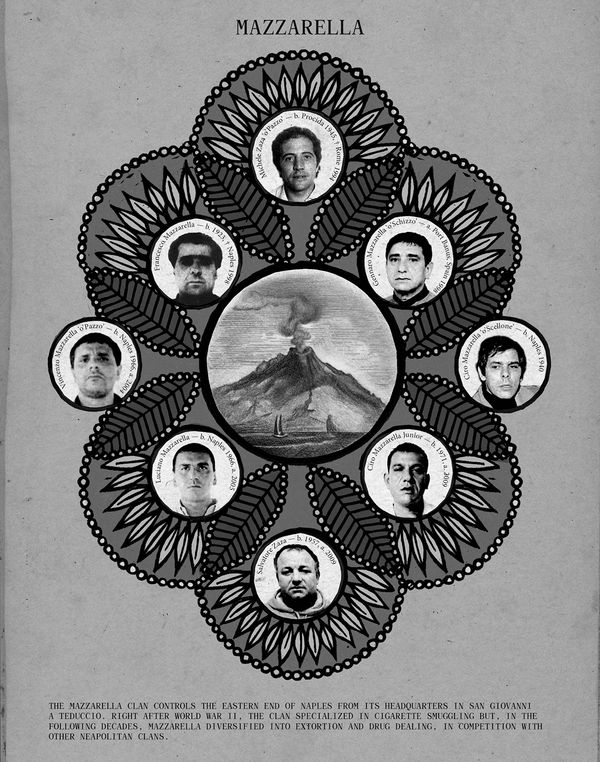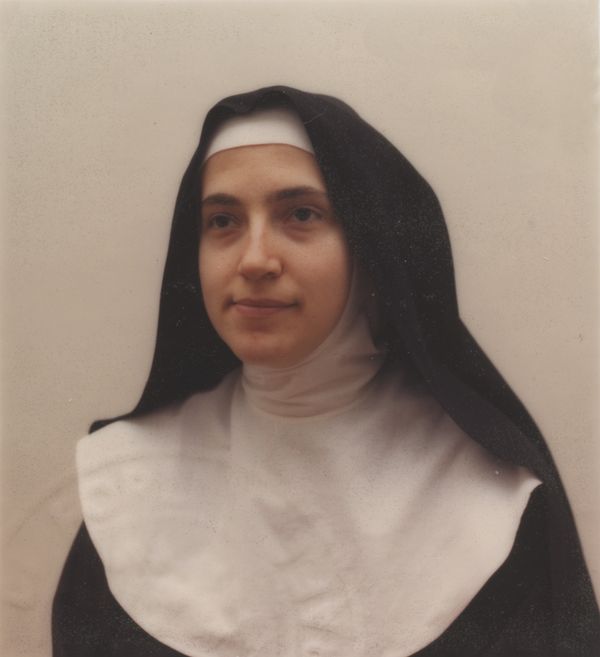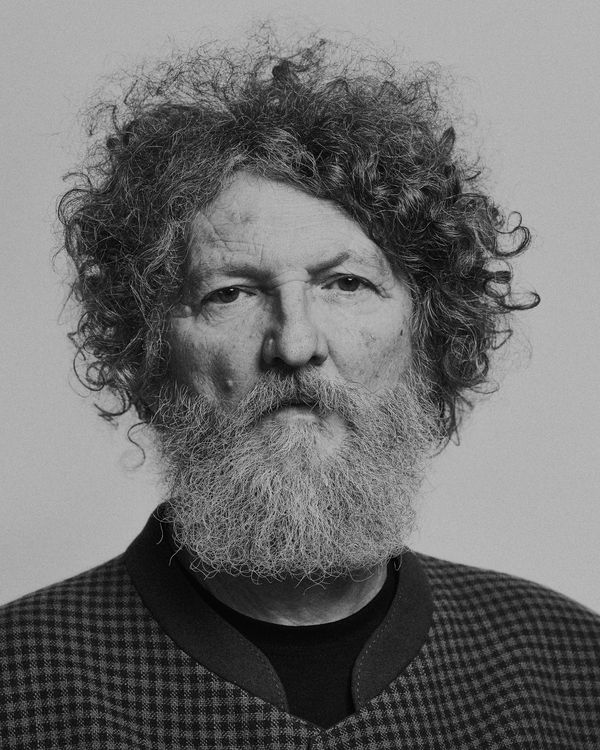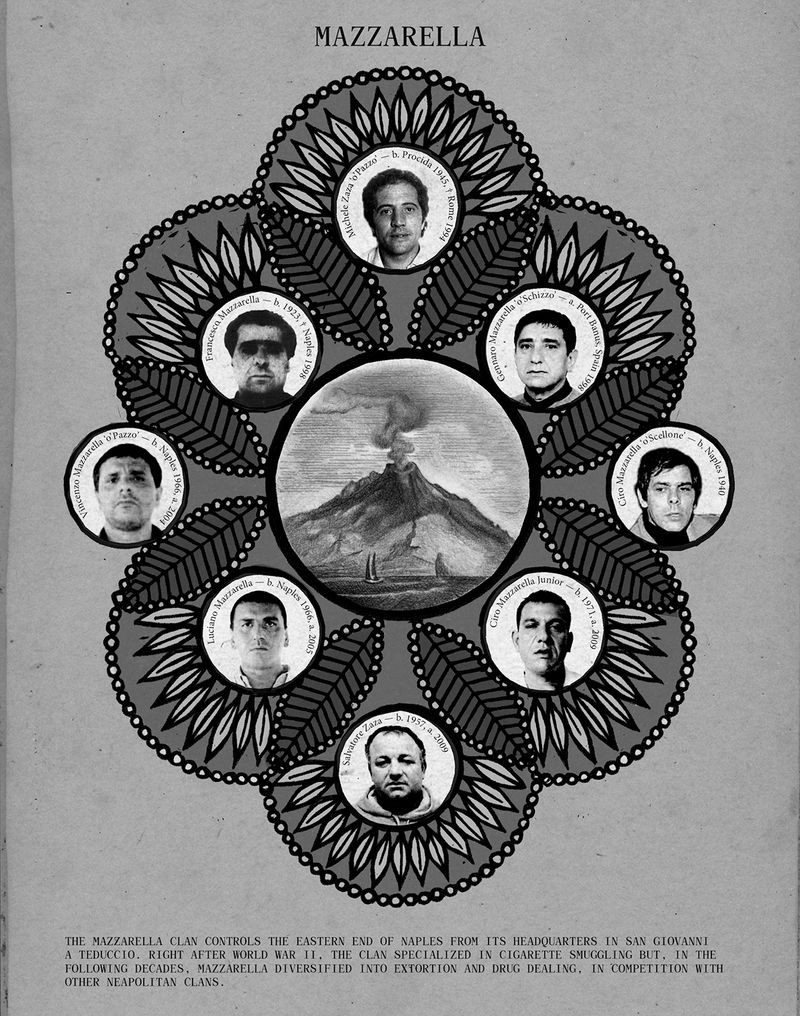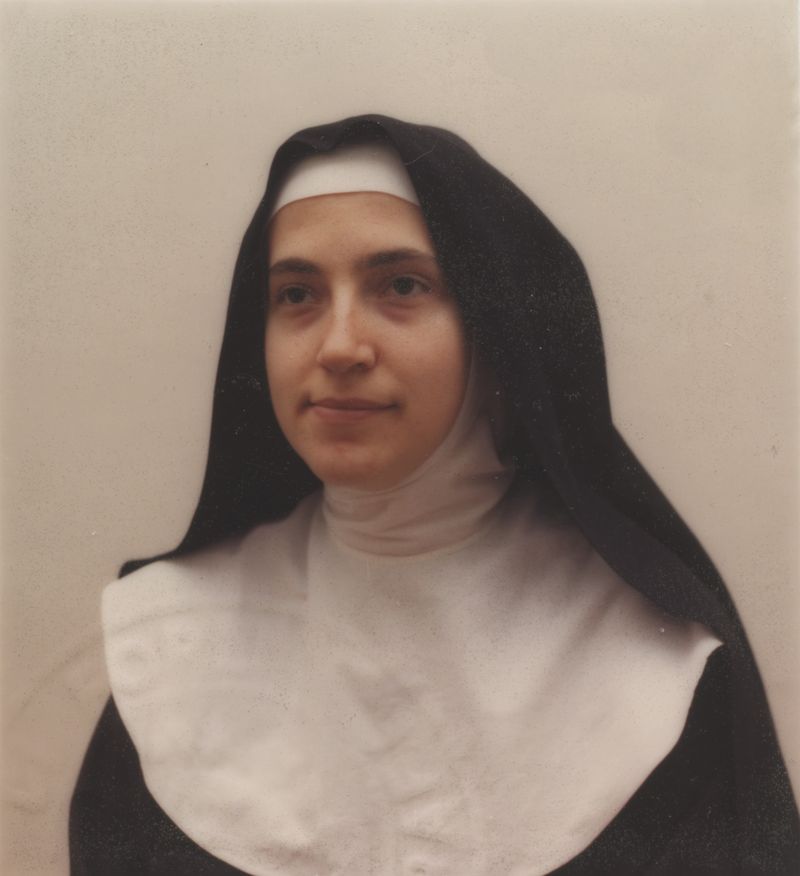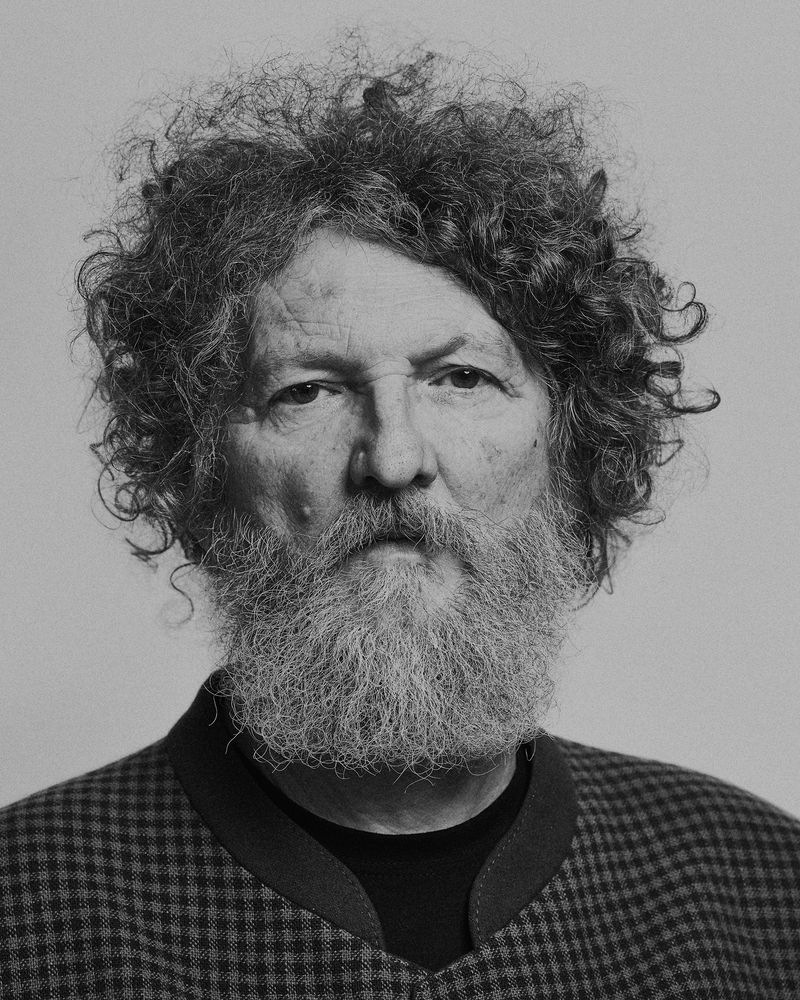A Study of Radicalism
-
Published13 Apr 2017
-
Author
Travelling till the remotest villages of his native Italy, Piero Martinello documented five groups of people living on the fringes of society - fools, ravers, criminals, devouts, and cloistered nuns - because they have embraced radical choices and lifestyles.
Travelling till the remotest villages of his native Italy, Piero Martinello documented five groups of people living on the fringes of society - fools, ravers, criminals, devouts, and cloistered nuns - because they have embraced radical choices and lifestyles.
At a time when radicalism is often mixed with extremism - a concept which itself is often narrowed down to Islamist groups - Martinello’s recent book offers a much-needed perspective. All around Italy, he looked for people who chose to lead a radical life, deploying unique aesthetical approaches for each of the five groups he decided to focus on - fools, ravers, criminals, devouts and cloistered nuns.
For the latter, he chose to feature passport pictures as a way to break with the image of nuns behind bars. For the criminals, he used another vernacular source, incorporating mug shots of Mafiosi into baroque-style genealogy trees of their respective clans. And for the devout, he used yet another existing documentation in the form of holy pictures. And when there was no archival material, he deployed his science of portrait inherited from his early career at La Fabrica, Benetton’s communication research centre.
© Piero Martinello, from the series Radicalia
“I wanted to talk about Italy and topics that were very local - mafia, religion, villages - until I realised that they are also universal themes. In a time when everything is global and homogenous, this was an investigation of people who were very specific and solid”, he explains.
Ravers are captured at the peak of their high, whose intensity equals that of the black and white of the photographs. They are raw, almost brutal, representations. Displayed on walls, the photographs of the series are mixed and bare of any text. In the book though, they are organised in well-documented chapters that give them a place in today’s largely conformist society.
“Village fools are still around, though their role in society is less acknowledged today. They often dress in eccentric, eye-catching outfits, and lay claim to an identity that defies the standards of efficiency, productivity, costs and earning that define other people and rule the world around them”, Martinello writes. These are the softest portraits of all, with low contrast, slightly faded just as the subjects themselves in today society. “Their portraits turn into relics of both a sacred and profane past on the verge of extinction”, curator Natasha Christia wrote about the series.
--------------
Radicalia, texts and photographs by Piero Martinello. Self-published, 2016.
Hardback, 1st edition, 368 pages.
More information can be found here: photobookstore.co.uk/photobook-radicalia.
--------------
Piero is working and living between Milan, Venice and Spain, focusing on editorial and commercial assignments and social projects commissioned by NGO's. Learn more about his work at pieromartinello.com.
Laurence Cornet is a writer and curator based in Brooklyn focusing on cultural and environmental issues.
